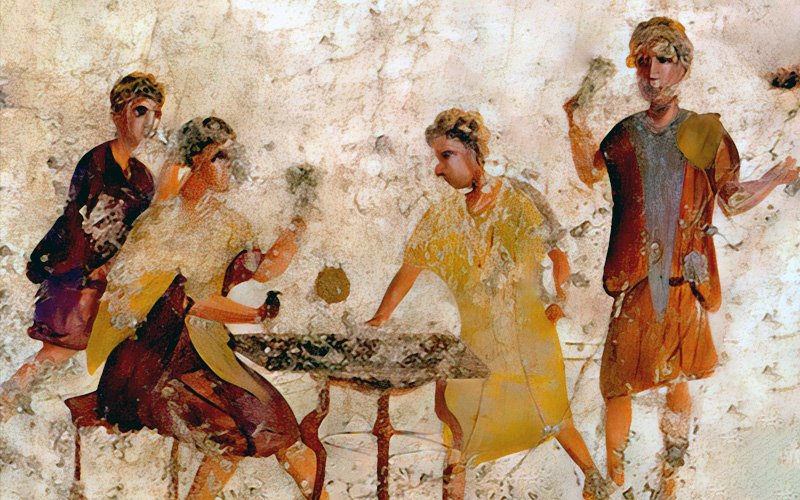
As we traverse the expanse of human history, we encounter a tapestry rich with the threads of creativity, innovation, and the timeless joy of play. Among the many ancient pastimes, backgammon stands out as a notable contender for the title of the oldest game in the world. In this exploration, we dive into the ancient origins of backgammon, examining the evidence that might place it at the forefront of historical games.
A Glimpse into the Ancient Past
Games have long been a crucial part of human culture, with archaeological discoveries from ancient civilizations such as the Sumerians and Egyptians revealing their deep engagement with various games. These early games ranged from simple dice games to more elaborate board games, serving both recreational and ritualistic purposes.
Backgammon’s Ancestral Beginnings
Tracing the precise origins of backgammon is complex, but evidence points to the ancient Middle East and Mesopotamia. One of the earliest known ancestors of backgammon is a game called "Senet," played by the ancient Egyptians over 5,000 years ago. However, the direct lineage to modern backgammon is more closely associated with Roman-era games known as "tabula" or "tables."
Archaeological finds provide intriguing evidence of backgammon's ancient roots. In the ancient city of Ur, modern-day Iraq, excavations have uncovered a board dating back to approximately 3000 BCE, featuring a layout with 24 points or triangles that closely resembles a backgammon board.
Evidence from Iran
Recent archaeological discoveries in Iran provide compelling evidence that may push backgammon's origins even further. Excavations in the ancient city of Shahr-e Sukhteh (the Burnt City), located in present-day Sistan and Baluchestan Province, revealed a game board and pieces dating back around 3000 BCE. This discovery includes 30 pieces and two dice on a board marked with a snake motif. This set is estimated to be 100 to 200 years older than the finds from Ur. Additionally, evidence suggests that Iran may be considered the homeland of this game.
Further discoveries in Iran reveal a board game from around 6000 years ago during the Elamite civilization in Khuzestan, specifically from the region of Izeh and Susa. This early board game, found in a tomb in Shahr-e Sukhteh, features a board made of ebony shaped like a snake coiled 20 times. Accompanied by 60 pieces and dice, the game pieces were made from lapis lazuli, agate, and turquoise, materials prevalent in the Burnt City. This predates previously known oldest board games, challenging previous assumptions about the origins of such games.
Royal Pursuits and Cultural Exchange
Backgammon has historically been favored by both the elite and the common folk. It appeared in royal courts, symbolizing status and intellectual sophistication. The game's popularity spread through empires and across cultures, facilitated by trade routes, conquests, and cultural exchanges. The Romans, for instance, adopted "tabula" and its variants, integrating them into their daily lives and leisure.
Historical References and Written Records
Backgammon’s long history is further supported by written records and inscriptions. Ancient manuscripts and artifacts, such as the Royal Game of Ur discovered in Mesopotamia, show a board layout similar to backgammon. These historical references highlight the game's widespread appeal across various civilizations.
The Evolution into Backgammon
As history progressed, backgammon evolved. The game spread globally, adapting to different cultures and incorporating regional variations. Over time, the ancient game transformed into the backgammon we recognize today, with its familiar board layout, dice for movement, and strategic elements such as blocking and advancing pieces.
Conclusion: A Bridge Through Time
Determining backgammon as the definitive oldest game in the world is complex, but the evidence supporting its ancient origins is substantial. The game's presence across different cultures, the intricate boards found in archaeological sites, and the documented historical references contribute to its claim as one of the oldest games still played today.
As we roll the dice and move our checkers across the backgammon board, we connect with a tradition that spans millennia. Whether backgammon holds the official title of the oldest game is still a matter of scholarly debate. However, the game’s enduring appeal and its connection to ancient history make it a timeless testament to the human spirit of play and creativity.